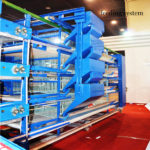The poultry industry is rapidly expanding, and farmers worldwide are investing in large-scale, automated systems to maximize production efficiency. Among these, the battery cage system for layers has emerged as a preferred solution for modern egg farms. For investors planning to raise 50,000 laying hens, one of the key considerations is understanding the cost of a 50,000 layers battery cage poultry system and the factors influencing it.
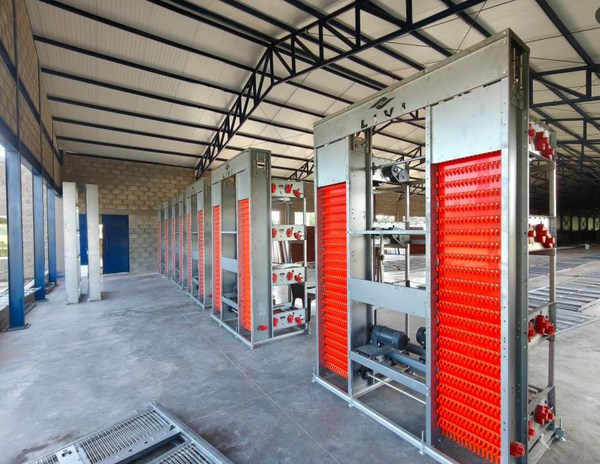
What is a Battery Cage Poultry System?
A battery cage poultry system is a structured housing design where laying hens are kept in stacked rows and tiers of cages. It integrates automatic feeding, watering, egg collection, and manure removal systems to ensure smooth operation. The system is designed to optimize space, improve egg production, and reduce labor costs.
For 50,000 layers, a large-scale cage system with multiple tiers (typically 3 to 5 tiers) is required, depending on the available land and design preferences.
Factors Affecting the Cost of 50,000 Layers Battery Cage System
The total investment in a 50,000-bird capacity cage system depends on several variables:
1. Cage Type and Design
- A-Type Battery Cages: Usually 3–4 tiers, requiring more land area but easier ventilation.
- H-Type Battery Cages: 3–8 tiers, suitable for intensive, high-capacity farms with limited land.
The choice between A-type and H-type cages impacts the cost, with H-type generally being more expensive due to its advanced design and higher stocking density.
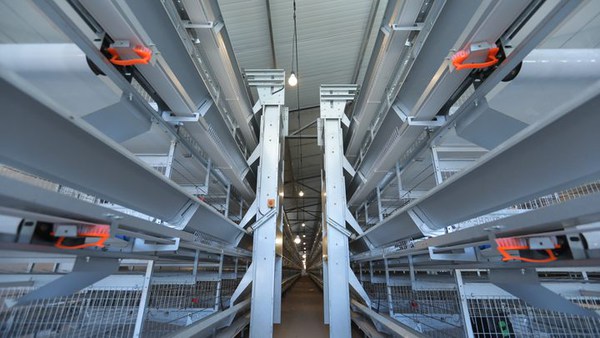
2. Automation Level
- Semi-automatic Systems: Lower upfront cost but require more manual labor.
- Fully Automatic Systems: Higher initial investment but reduce labor costs significantly with automated feeding, egg collection, manure removal, and climate control.
3. Material Quality
Cages made of hot-dip galvanized steel or PVC-coated wire are more durable and resistant to corrosion, ensuring longer service life. Higher-quality materials increase upfront cost but reduce long-term maintenance expenses.
4. Supportive Infrastructure
Beyond the cages, farmers need:
- Poultry houses (steel structure or concrete sheds)
- Ventilation and cooling systems
- Lighting systems
- Backup power generators
- Biosecurity and waste management systems
These infrastructure costs are essential for maintaining a healthy and productive flock.
5. Supplier and Location
The cost may vary based on the supplier’s pricing, country of origin, shipping costs, and import duties. Choosing a reliable manufacturer ensures quality and after-sales service.
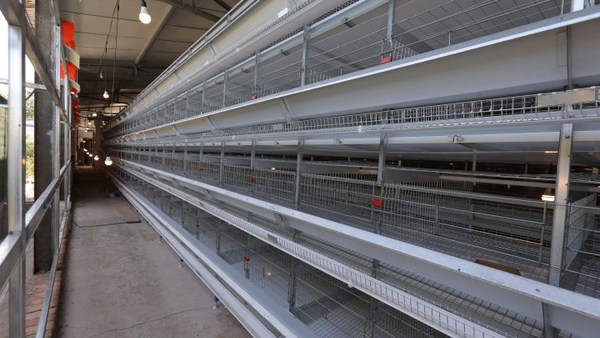
Estimated Cost of 50,000 Layers Battery Cage System
While prices vary across regions and suppliers, a rough estimate for a 50,000 layers battery cage system is:
- Semi-Automatic System: $40,000 – $60,000 (USD)
- Fully Automatic System: $60,000 – $100,000 (USD)
These figures cover the cage equipment itself but exclude the cost of poultry houses, land, and other infrastructure.
Return on Investment (ROI) Analysis
Although the initial cost seems high, the system pays off quickly due to increased egg production and reduced labor costs. For 50,000 laying hens:
- Average egg production rate: 85–95%
- Daily egg output: ~42,500 – 47,500 eggs
- Monthly egg output: ~1.3 million – 1.4 million eggs
At an average market price per egg, farmers can achieve high revenue that offsets equipment costs within 1–3 years, depending on feed prices, market demand, and operational efficiency.
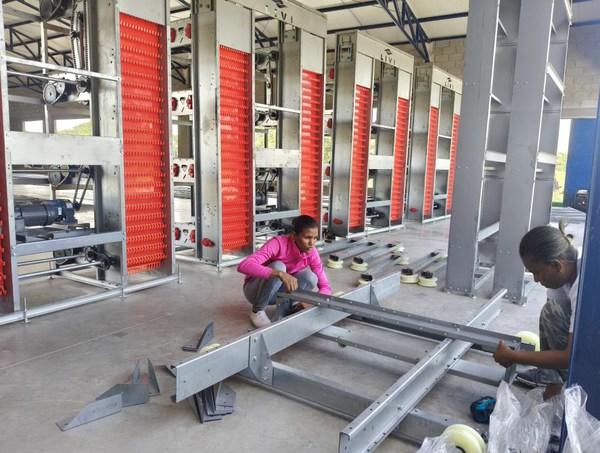
Advantages of 50,000 Layers Battery Cage System
- High Stocking Density – Efficient use of land.
- Labor Savings – Automation reduces manual work.
- Improved Egg Quality – Clean egg collection with minimal breakage.
- Better Hygiene – Manure belts remove waste quickly.
- Sustainability – Manure can be processed into organic fertilizer.
LIVI Poultry Equipment: Your Trusted Partner
When investing in a 50,000 layers battery cage poultry system, choosing the right supplier is crucial. LIVI Poultry Equipment specializes in designing and manufacturing high-quality poultry cages with customized solutions for different farm sizes. With advanced technology, durable materials, and professional installation services, LIVI ensures long-term productivity and profitability for farmers.
Conclusion
The cost of a 50,000 layers battery cage poultry system depends on cage type, automation level, material quality, and infrastructure requirements. Although the upfront investment is significant, the long-term benefits of higher egg production, reduced labor, and sustainable waste management make it a profitable choice for commercial poultry farms. By partnering with a reliable manufacturer like LIVI Poultry Equipment, farmers can secure a durable, efficient, and cost-effective solution for large-scale egg production.





